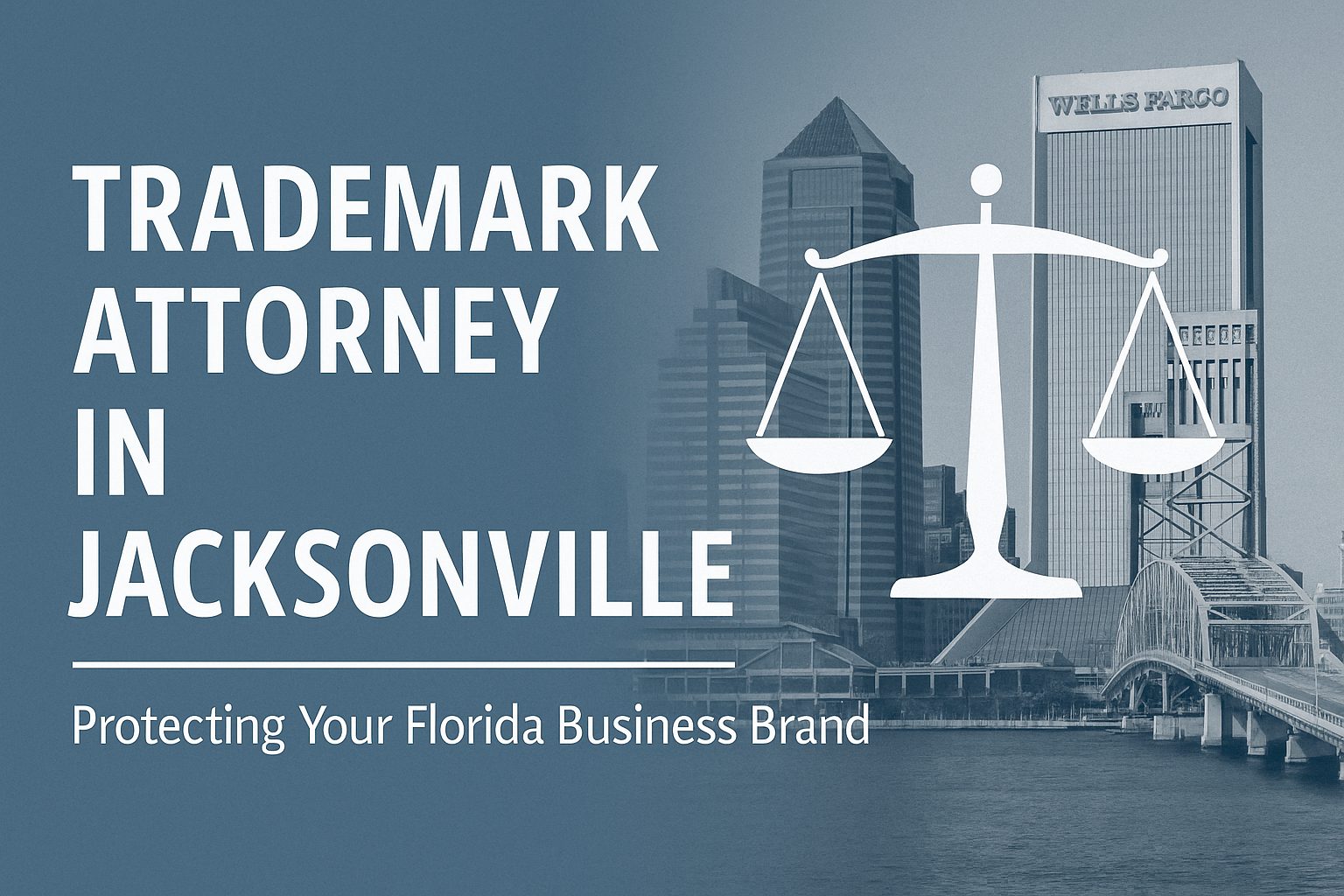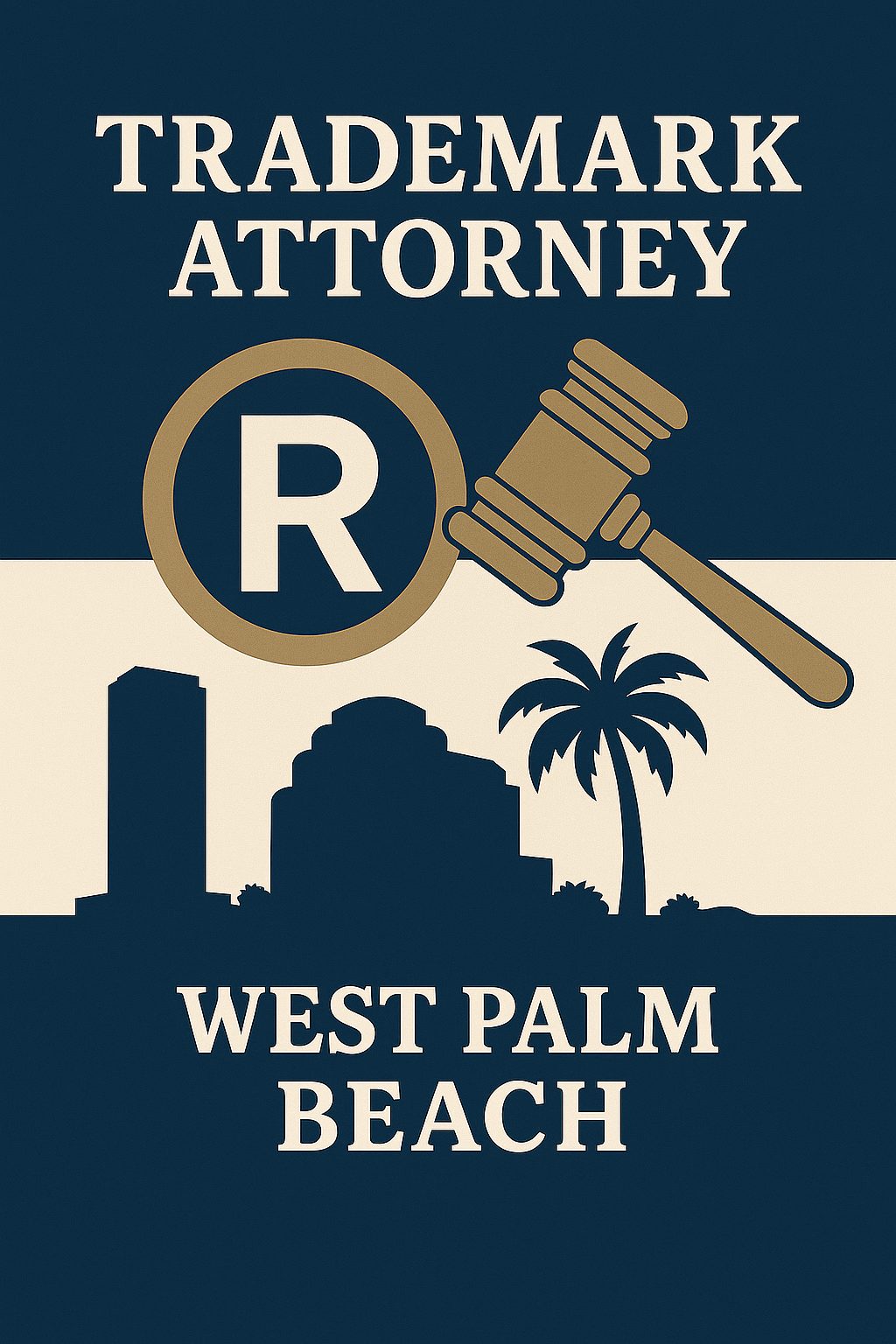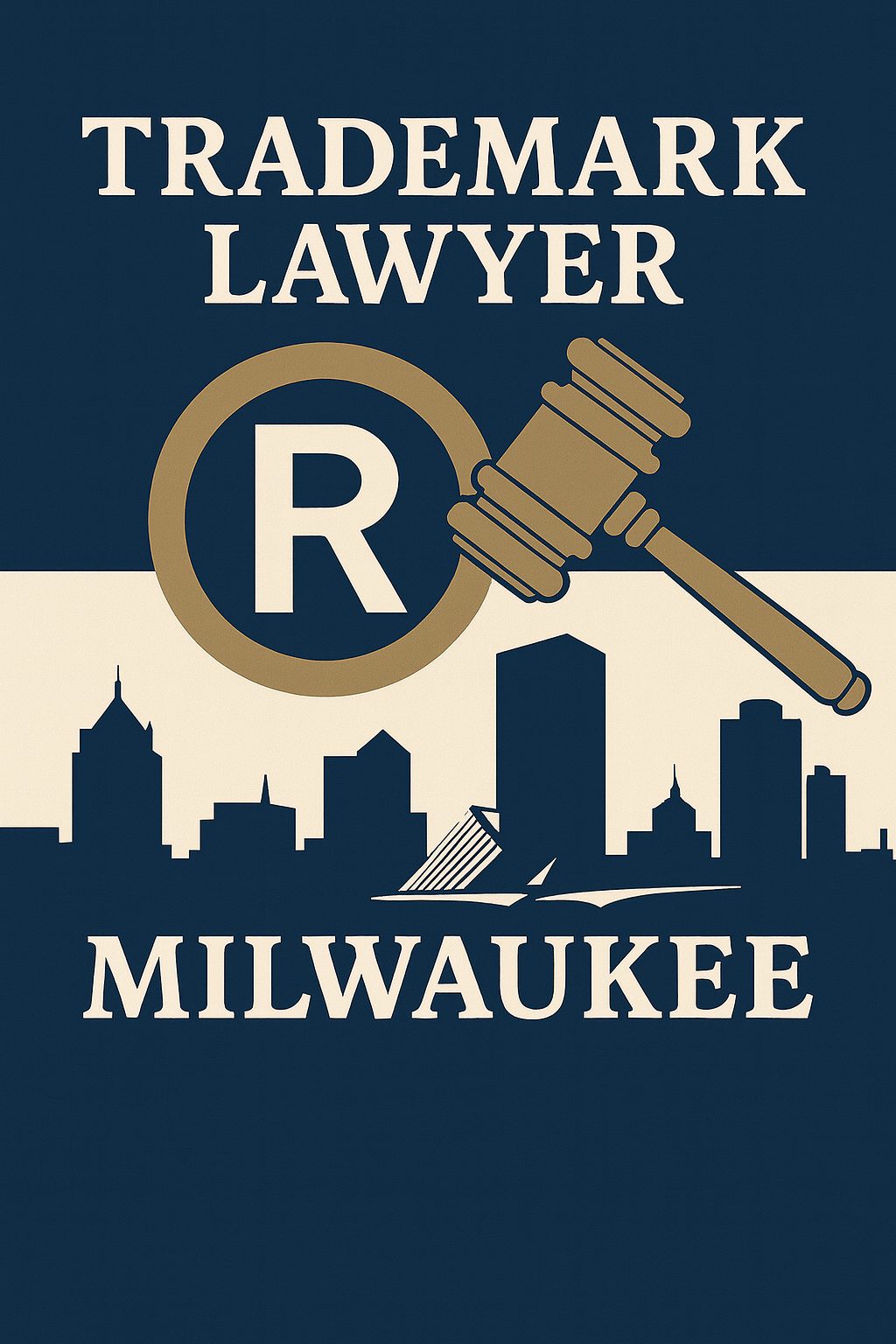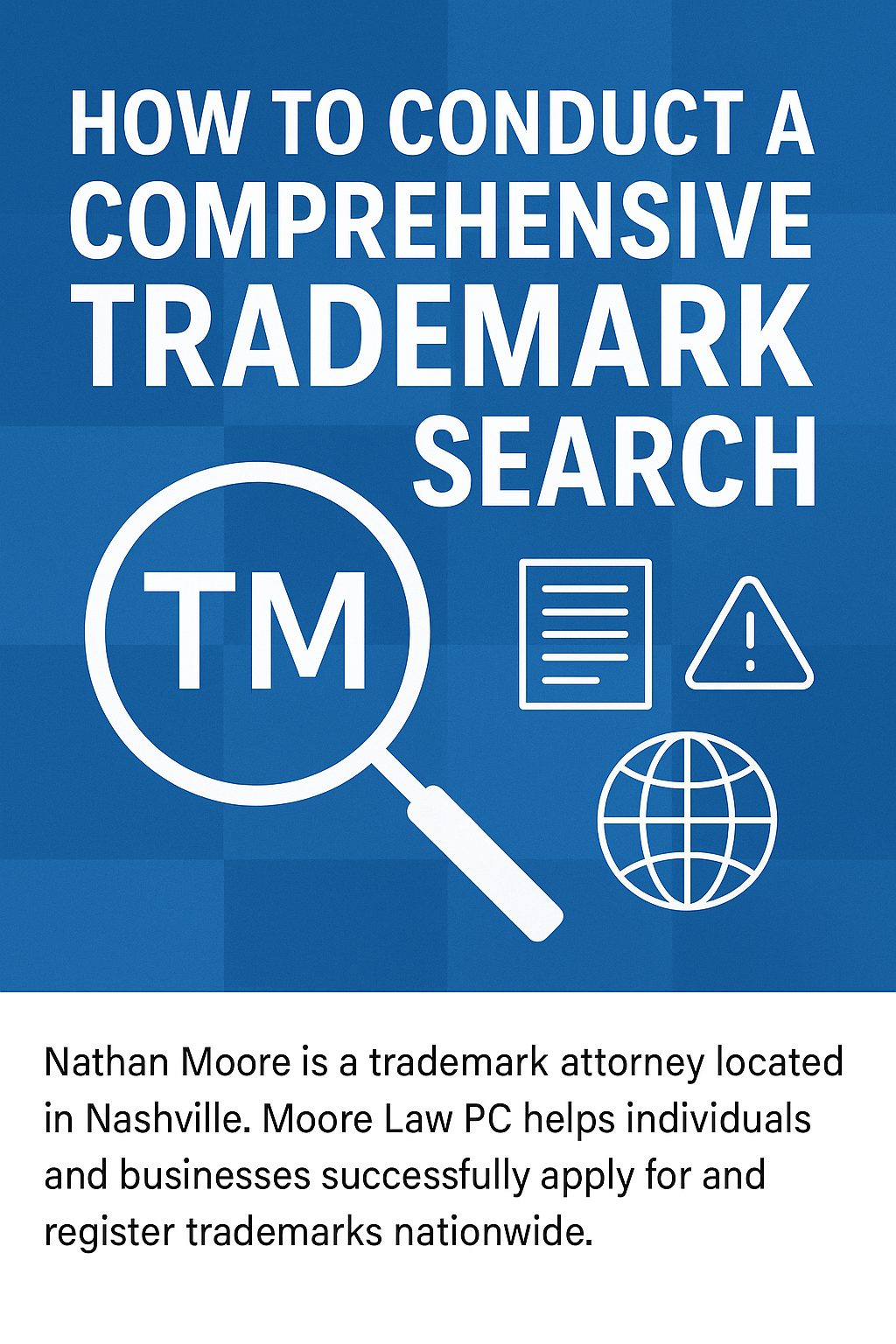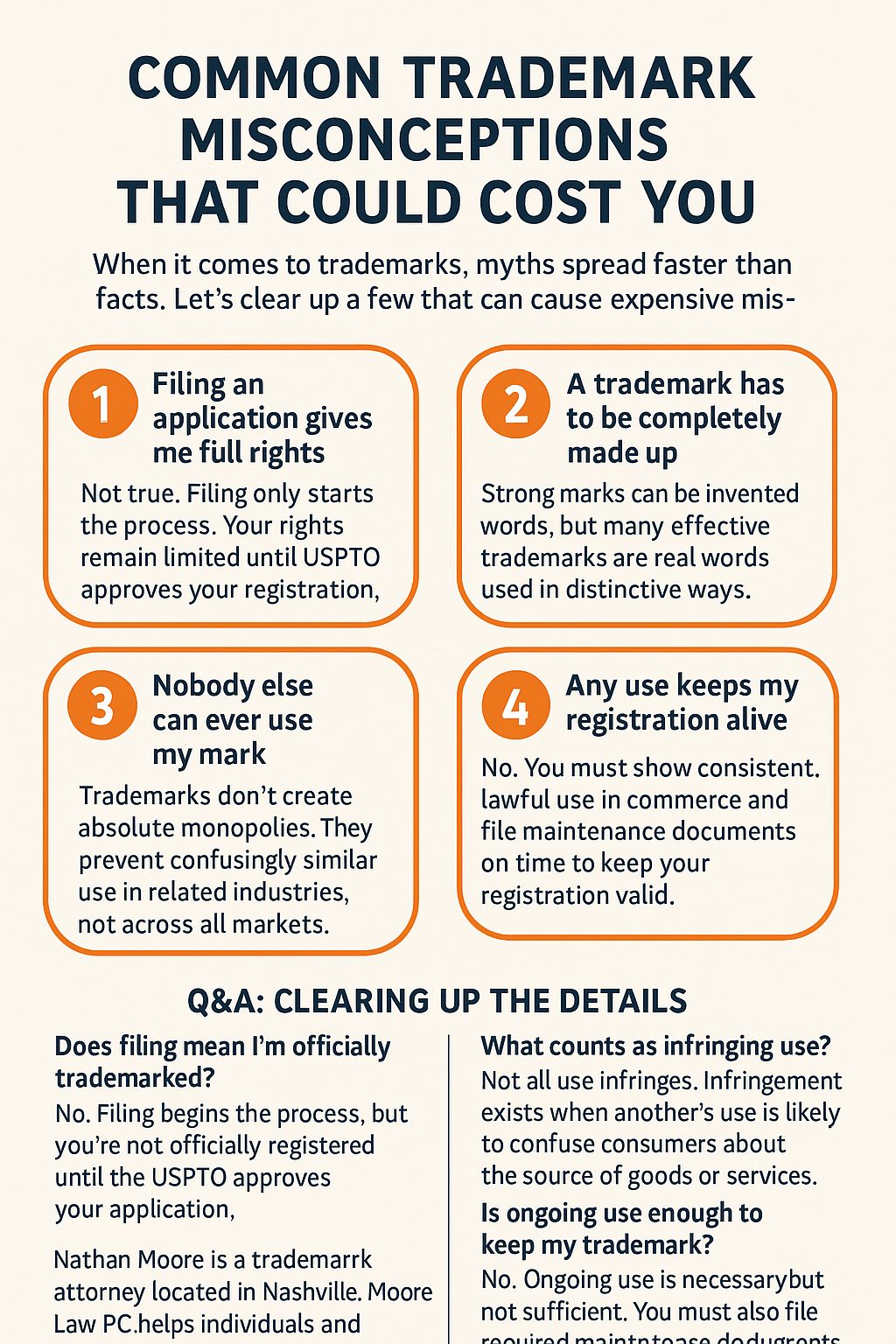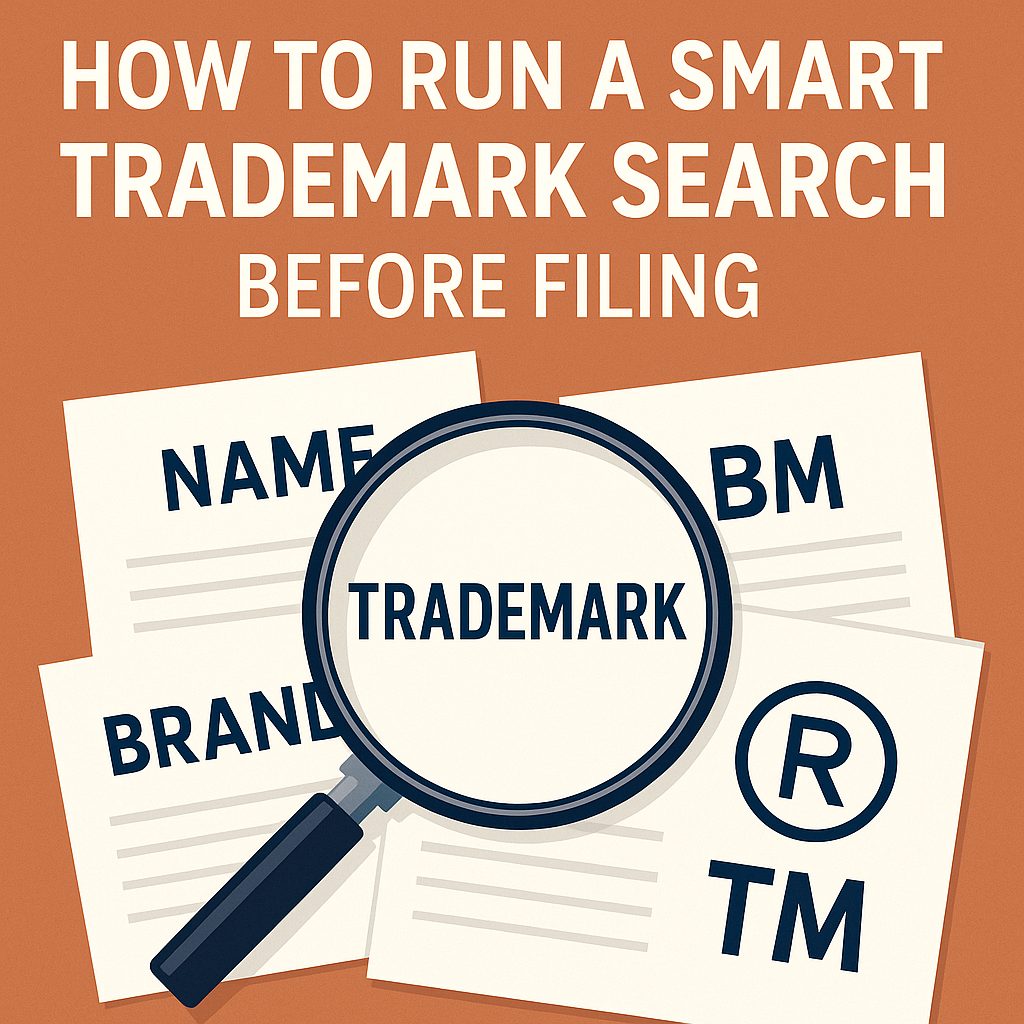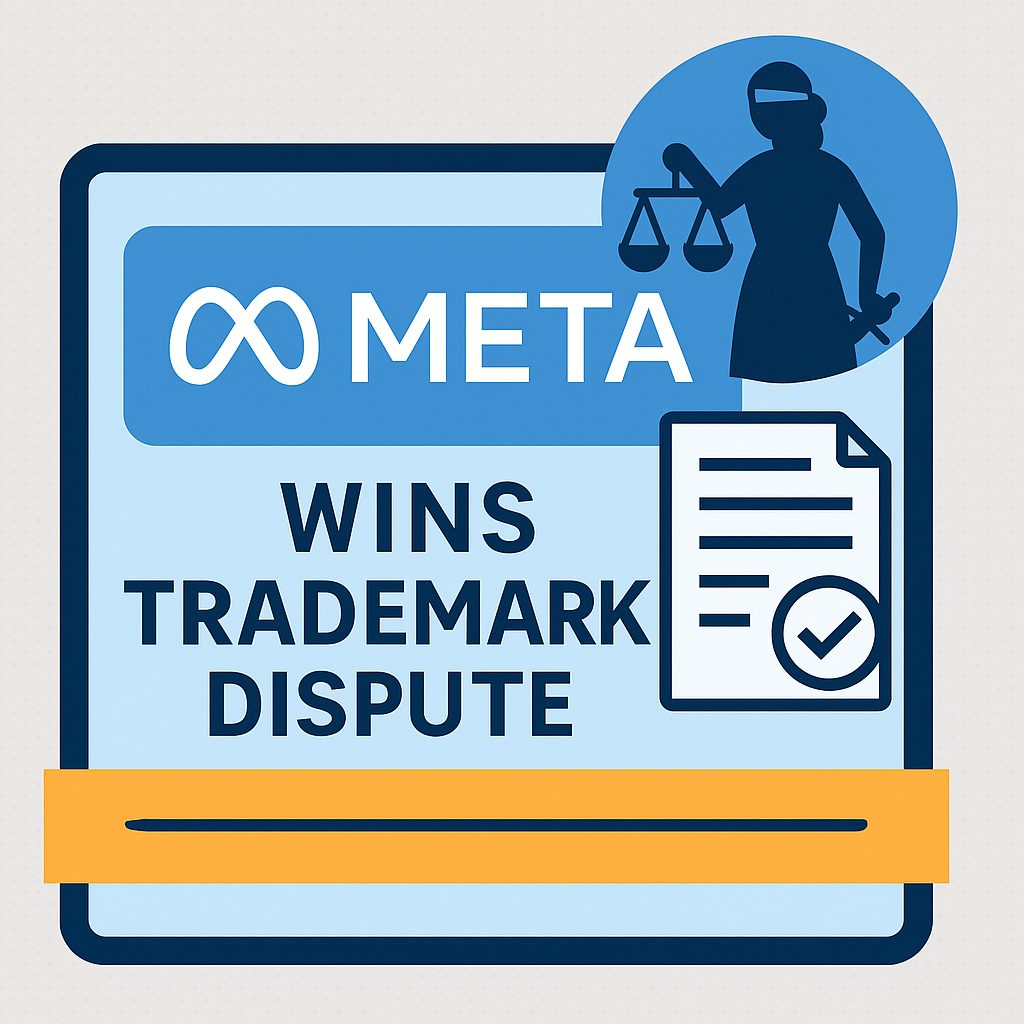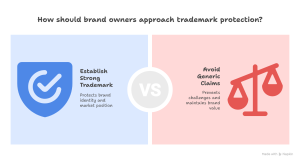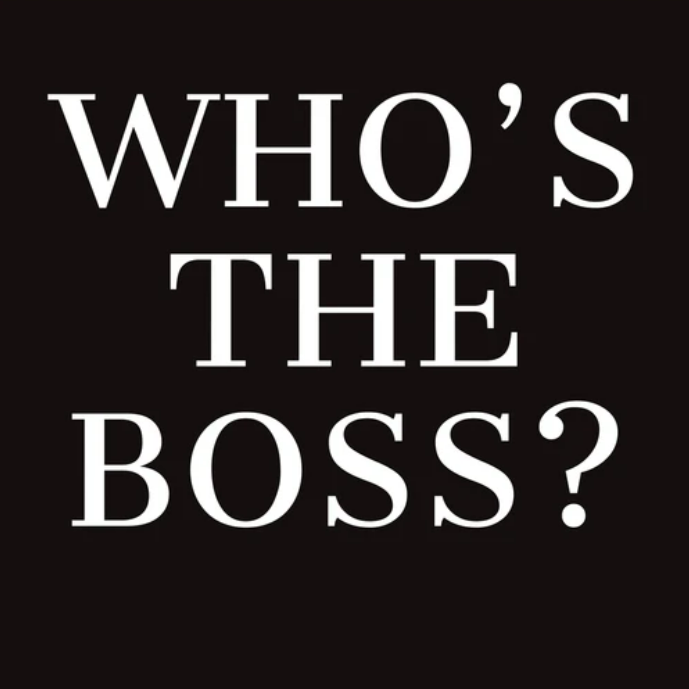Trademark Attorney in Jacksonville: Protecting Your Florida Business Brand
Trademark Attorney in Jacksonville: Protecting Your Florida Business Brand
Last updated: October 2025
Your brand name, logo, and slogan are more than creative assets—they’re the reputation you’ve built. Without protection, another business might use something confusingly similar and dilute your goodwill. That’s why many owners choose a trademark attorney in Jacksonville to help secure their rights.
This guide explains what trademark attorneys do, why registration matters, and how the process works for Florida businesses.
What Does a Trademark Attorney Do?
A trademark attorney helps you protect the identifiers that make your business unique—names, logos, and slogans.
- Performs federal, state, and common-law searches to confirm availability.
- Prepares and files your application with the U.S. Patent and Trademark Office (USPTO).
- Responds to USPTO office actions and manages publication/registration.
- Advises on monitoring, licensing, and enforcement strategies.
A knowledgeable Jacksonville trademark lawyer can align your protection with your growth plans, including expansion, licensing, or franchising.
When Should You Hire a Trademark Attorney?
While the USPTO lets you file on your own, many applications are delayed or refused for avoidable issues. Consider hiring an attorney when:
- You’re launching a new brand, product, or service.
- You want to confirm your name or logo is available nationwide.
- You’ve received a cease-and-desist letter or infringement notice.
- You plan to license, sell, or franchise your brand.
Trademark Registration Process (Step by Step)
- Search & Legal Opinion: Review USPTO, Florida, and common-law sources; assess strength and risk.
- Application Preparation: Choose the correct class(es) and draft precise goods/services descriptions.
- USPTO Review: An examining attorney reviews the filing; your attorney addresses any refusals.
- Publication & Registration: If approved, the mark is published; absent opposition, registration is issued.
- Maintenance & Enforcement: Track deadlines, renew on time, and enforce against confusingly similar uses.
Why Work with a Local Trademark Attorney in Jacksonville?
Local counsel offers face-to-face strategy and an understanding of Florida business realities. A trademark attorney in Jacksonville can coordinate state and federal protection so your rights match how and where you operate.
Frequently Asked Questions
Do I need federal registration or is Florida state registration enough?
Most growing companies choose federal registration for nationwide protection and stronger enforcement. State registration can be useful if you operate only within Florida.
How long does trademark registration take?
Many applications take 8–12 months from filing to registration, depending on USPTO workload and whether any objections or refusals arise.
Can I file without a lawyer?
Yes, but self-filed applications are often refused for avoidable errors. An attorney reduces those risks and handles office actions.
Is my LLC or corporate name automatically a trademark?
No. Forming an entity does not create trademark rights. Rights come from use in commerce, and federal registration strengthens those rights.
What can I trademark?
Names, logos, slogans, and sometimes packaging or sounds—if they identify your business as the source of goods or services.
TM vs. ® — what’s the difference?
“TM” can be used for an unregistered mark. The ® symbol is reserved for federally registered trademarks.
Final Thoughts
Whether you’re starting up or rebranding, protect what makes your business unique. A qualified trademark attorney in Jacksonville can guide you through searches, filing, and enforcement so your brand is secure as you grow.

